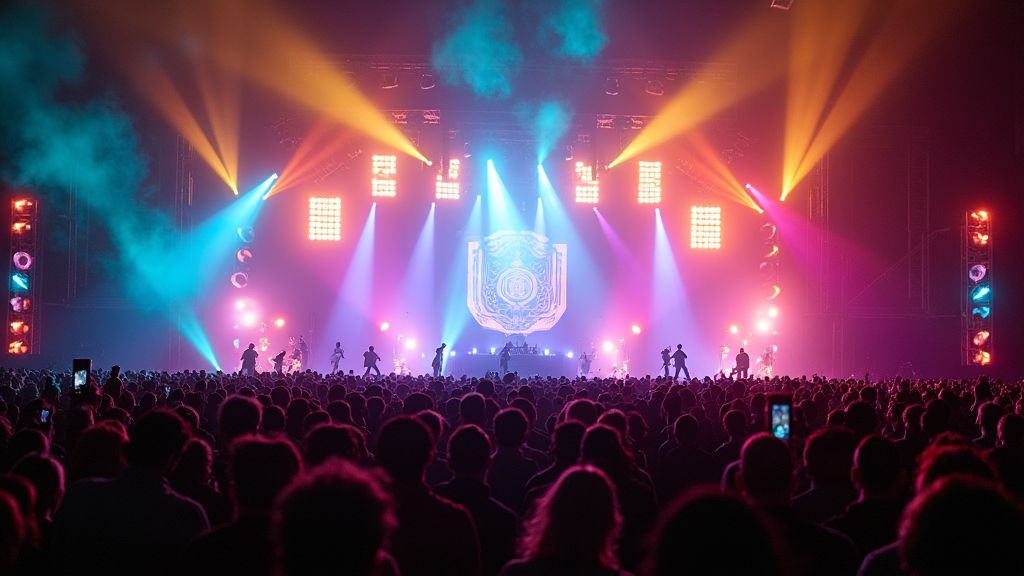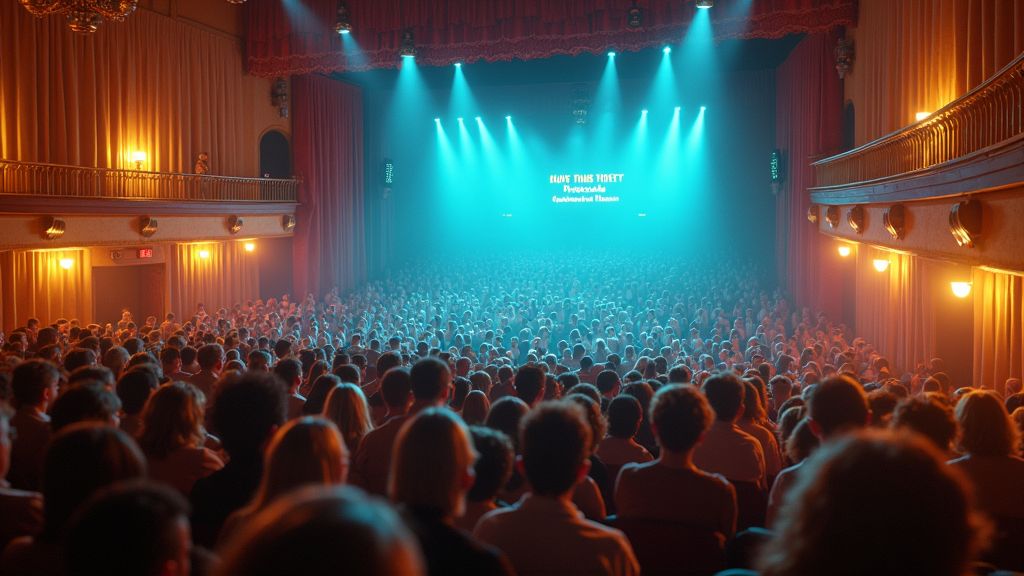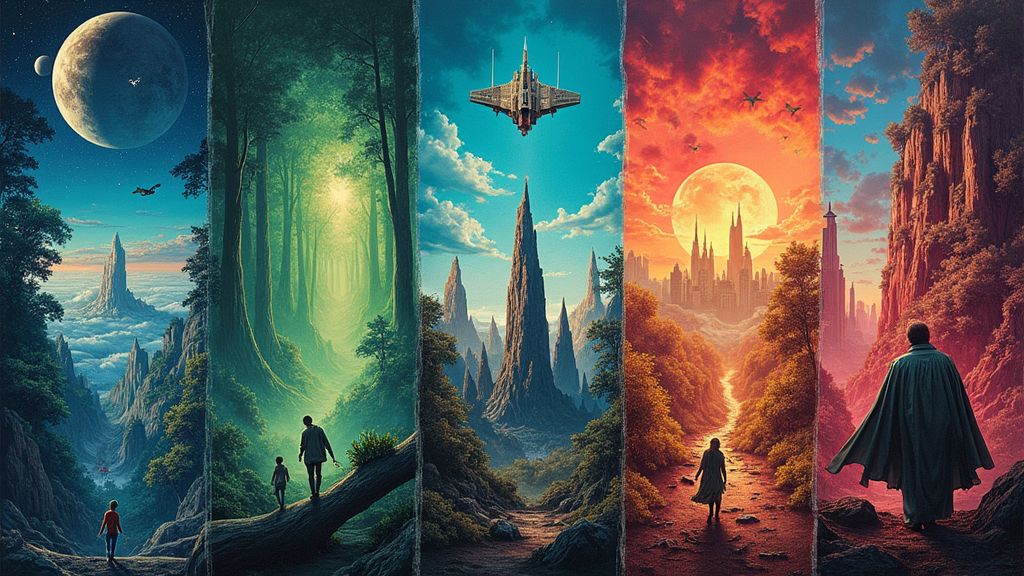Exploring the Evolution of Concert Lighting and Visuals
When we attend a concert or music festival, we are often enveloped in a sensory experience that goes beyond just the music. The lights, visuals, and special effects play a crucial role in enhancing the overall atmosphere and creating a memorable show for the audience. But have you ever stopped to think about how concert lighting and visuals have evolved over the years? In this article, we will delve into the fascinating history and progression of concert lighting and visuals, from simple stage setups to cutting-edge technologies that push the boundaries of creativity and innovation.
The Early Days: Basic Illumination
In the early days of concerts, lighting was primarily focused on providing basic illumination for the performers on stage. Simple floodlights and incandescent bulbs were used to ensure that the audience could see the artists clearly. However, as the music industry began to grow and evolve, so too did the demands for more elaborate and dynamic lighting designs.
The Birth of Concert Lighting Design
One significant milestone in the evolution of concert lighting was the emergence of dedicated lighting designers who specialized in creating unique visual experiences for live performances. The legendary designer Marc Brickman, known for his work with artists like Pink Floyd and Bruce Springsteen, helped pioneer the concept of using lighting as a creative medium to complement the music and enhance the emotional impact of a performance.
Advancements in Technology: Moving Lights and LEDs
As technology continued to advance, so did the capabilities of concert lighting equipment. Moving lights, also known as intelligent lights, revolutionized the industry by allowing for dynamic movement, color changes, and beam manipulation during a show. LEDs (Light Emitting Diodes) also became increasingly popular for their energy efficiency, versatility, and ability to create stunning visual effects.
Immersive Visuals and Projection Mapping
In more recent years, concert lighting has evolved to include immersive visuals and projection mapping techniques that transform entire stages into mesmerizing works of art. Projection mapping allows designers to project intricate patterns, images, and animations onto various surfaces, creating a truly immersive and engaging visual experience for the audience.













